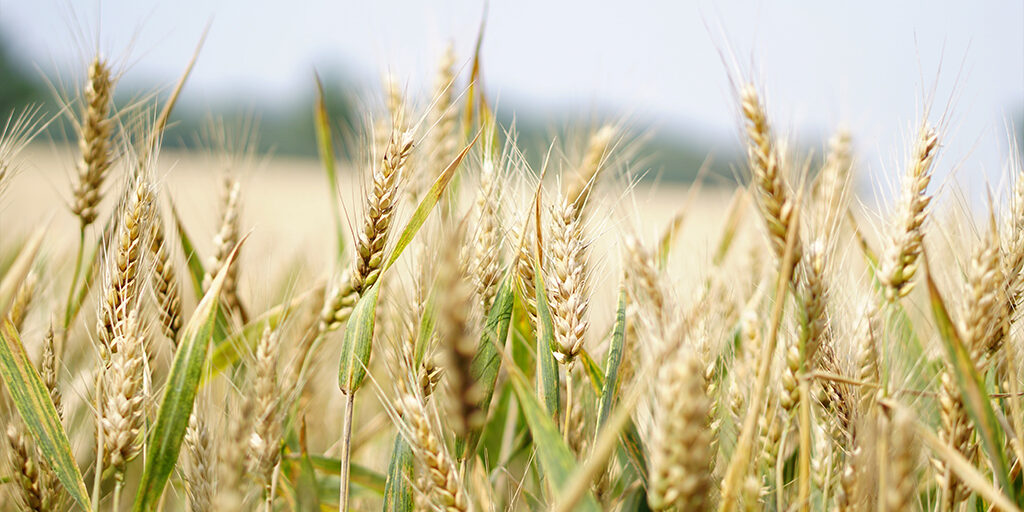Grazing Cereal Crops

The Need to Supplement
Cereal crops produce good bulk of green feed quickly and are seen to be good feed for livestock, and they are. However, animals often scour and don’t “do” as well as they should when grazing them. Often, they will actually lose weight. This does not have to be the case, and both sheep and cattle are able to achieve very good growth rates on green feed if managed properly.
Symptoms
- Scouring / loose
- Lower than expected growth rates
Cause
- Cereals are notoriously low in calcium (in the plant as well as the grain), high in phosphorus and also protein (30%CP), particularly when fertilised with urea/UAN, which are required for good growth. This causes animal health issues for a number of reasons.
- A sudden introduction will almost always result in some scouring because the population of bugs unique to digesting green feed are limited in numbers. These bugs take a week to 10 days to multiply up to a level for efficient fermentation and digestion. Even at this time, the above limitations still apply and must be taken into consideration for optimising production.
High Crude Protein (CP) + High Potassium (K)
+ Low Fibre (NDF) + Low Calcium (Ca)
= POOR ANIMAL PERFORMANCE
- High CP
- Requires energy to breakdown and excrete excess protein that should be used for growth
- Low Fibre
- Rumen does not function properly without adequate fibre intake
- Sheep in particularly will tend to eat the leaves only
- Fermentation of feed & movement through the gut is rapid, so nutrient absorption is low
- High K and Low Ca
- Mineral imbalances can cause metabolic disorders
- eg High CP and high K result in low magnesium absorption ie Grass Tetany
- Young growing animals need Ca for bone formation and muscle growth
Maximising Production
- Ensure animals are not hungry when introduced to the crop. Make sure they have a full gut (preferably hay or straw) - immediately beforehand, to dilute the effect.
- Provide a fibre source while grazing the crop – to encourage them to eat it rather than sit on it, the hay/straw can be treated with molasses. This can be done easily and inexpensively by spraying with diluted molasses, or using a small quantity of powdered molasses (Palabind).
- Mineral supplement: calcium and magnesium in particular, and salt for magnesium absorption
- Calcium Molasses or Magnesium/Grass Tetany block
- Supplemins Mid-Mag (or Hi-Mag for cattle) loose lick
- Home mix of Causmag : Limestone : Salt (1 : 1 : 2 mix)
- Animal treatments required prior to grazing cereal crops
- Ensure pulpy kidney vaccination is up to date ie 5 or 6-in-1
- Effective drench to ensure worm burden is not reducing potential growth rate
- Vitamin B12 injection to stimulate appetite and maximise efficiency of digestion cycle
- Vitamin AD&E injection may assist with protein utilisation
- Rumensin boluses and HGP’s are considerations in cattle

